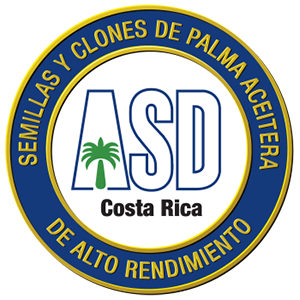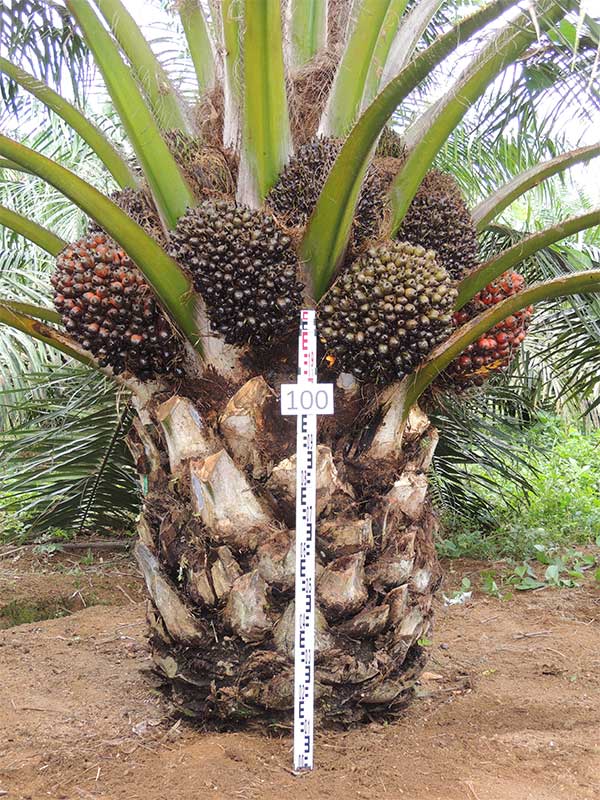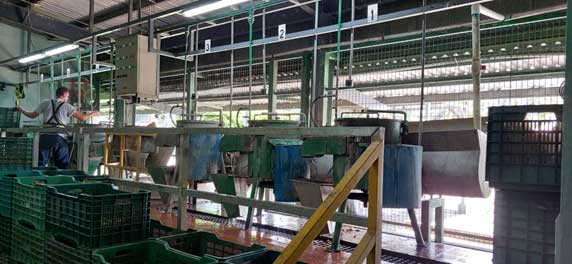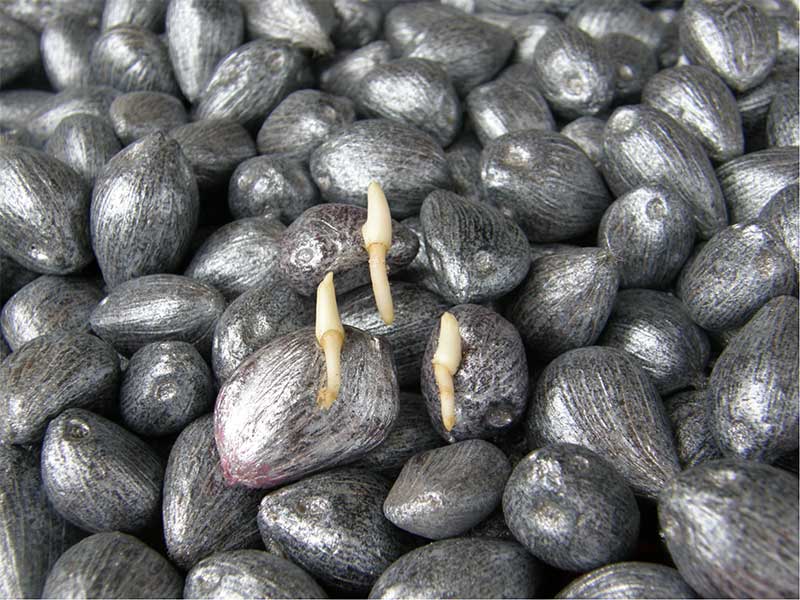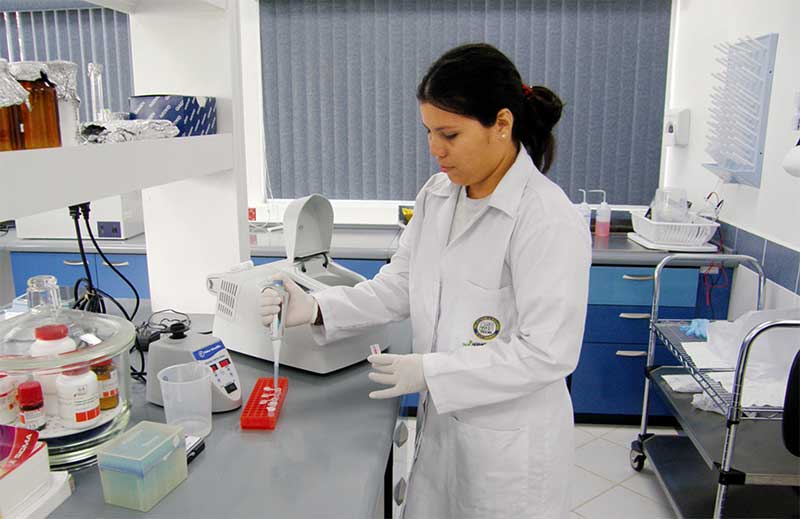Innovations
Breeding
The diversity of oil palm introductions throughout the long history of the CSC breeding program has made it possible to create different varieties as innovative as the High-density, Premium, Standard and Special, as well as one highly tolerant to bud rot (PC) as described in our Guide to Varieties and Clones. However, the company is always looking to the future in search of new planting materials that allow the agroecological frontiers of the crop to be expanded and offer better quality oil. The objectives of the program are to continue improving the compact character in oil palm seeds varieties and clones, to develop new varieties with tolerance to different types of stress, with a high iodine index, less fruit shedding, bunches with longer peduncles and other characteristics that facilitate harvesting, and varieties with tolerance to diseases such as bud rot (PC) and root and stem base rot caused by the fungus Ganoderma boninense.
Tissue culture
Apart from the development of the exclusive oil palm seeds varieties and clones described in our guide referred previously, the company’s research staffs have created new procedures for the processing of commercial seed and for the cloning of oil palm. CSC is proud to be the only company in tropical America that has managed to consolidate oil palm cloning through a unique methodology that uses inflorescences as a source of explants.
Seed processing and germination
In the field of seed processing, new machines have been developed to facilitate the separation of the fruits from the bunch and the removal of the mesocarp from the seeds. Likewise, the use of rigid containers to keep the seed before, during and after heating, has allowed to improve the germination rate and the quality of the germinated seeds. The modifications made to the packaging for the transport of the germinated seed are recognized throughout the world as a guarantee of freshness and preservation of the physical characteristics of the product. CSC also identifies ASD brand varieties and differentiates their seeds by coating them with different attractive colored polymers.
Plant protection
CSC has made a notable contribution to the knowledge and management of phytosanitary problems of oil palm, particularly in tropical America. In all the programs, emphasis has been placed on the comprehensive and sustainable management of the different disorders, diseases, and pest problems.
Numerous studies have been carried out on the genetic response, causes and epidemiology of the main phytosanitary problems of oil palm, such as the red ring and the different spear and bud rots. From these studies successful management protocols have been developed. In the area of pests, the biology and habits of the most important pests and their natural enemies have been studied, and sustainable methodologies have been developed for their management. Some of these objectives have been achieved through alliances with national and international universities, which has allowed us to bring recognized experts in these fields to our plantations.
Biotechnology
Molecular biology is seen as a very important tool for the selection of superior palms in breeding programs. Therefore, CSC established in 2009 a laboratory that is allowing it to exploit these new techniques for the development of genetic markers and gene sequencing, as tools for the genetic improvement of varieties and clones.
